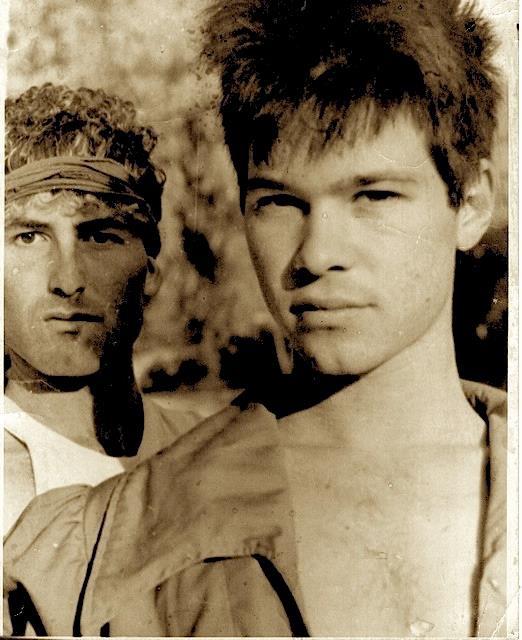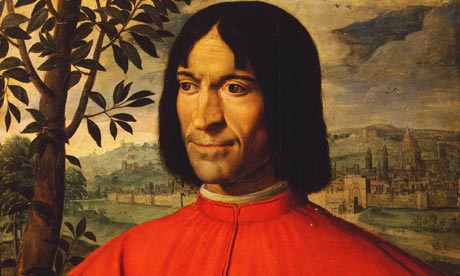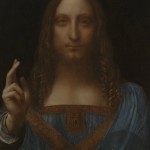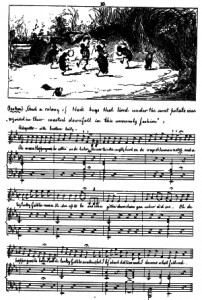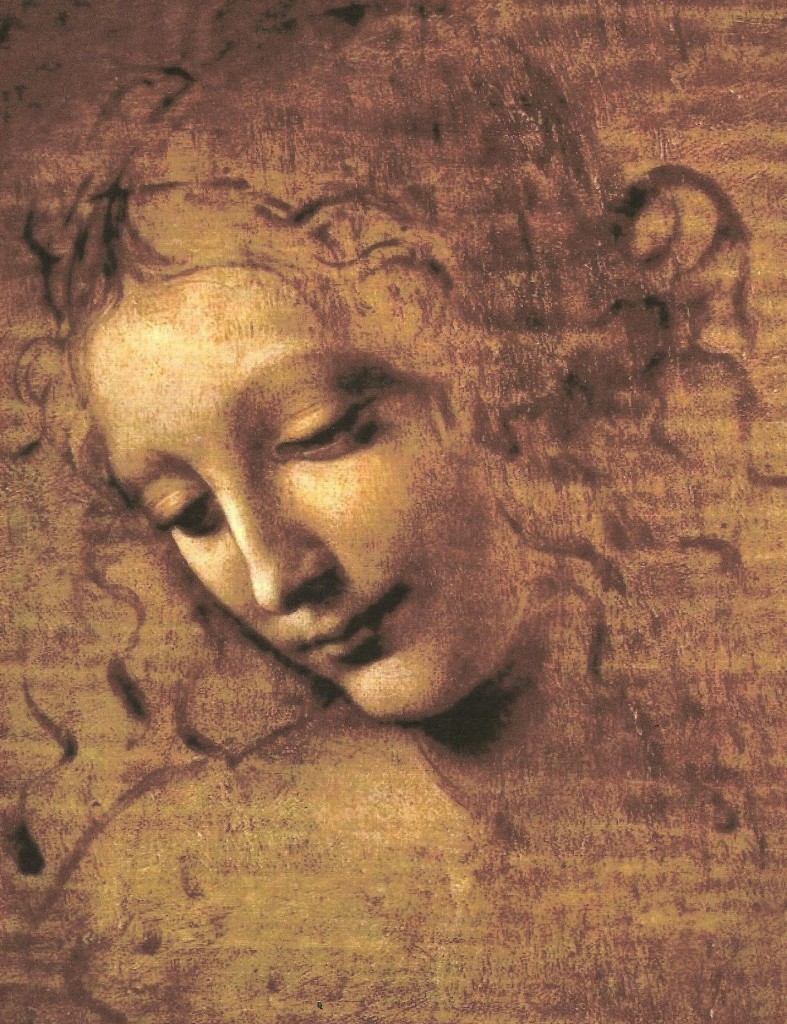 We must see how Leonardo teases us, and leaves us clues, in his shapes and colors and geometry and shadows, in his codexes and scribbles, in all that he created….defined so well by the enegmatic smile of the Mona Lisa herself…… Let me introduce a mystery, found only in 1627, years after Da Vinci died, and dating from Leonardo’s later period. Wiki tells us the following history, with many a page as to provenance and such.
We must see how Leonardo teases us, and leaves us clues, in his shapes and colors and geometry and shadows, in his codexes and scribbles, in all that he created….defined so well by the enegmatic smile of the Mona Lisa herself…… Let me introduce a mystery, found only in 1627, years after Da Vinci died, and dating from Leonardo’s later period. Wiki tells us the following history, with many a page as to provenance and such.
La Scapigliata, which traslates into “the woman of disheveled hair” was discovered in 1627.
The Head of a Woman (also known as La Scapigliata) is a painting by the Italian Renaissance master Leonardo da Vinci, dating from perhaps around 1500 and housed in the Galleria Nazionale of Parma, Italy. The work is an unfinished painting, mentioned for the first time in the House of Gonzaga collection in 1627. It is perhaps the same work that Ippolito Calandra, in 1531, suggested to hang in the bedroom of Margaret Paleologa, wife of Federico II Gonzaga. In 1501, the marquesses wrote to Pietro Novellara asking if Leonardo could paint a Madonna for her private studiolo.
The painting, part of the Parmesan collection since 1839, has been dated to Leonardo’s mature period, near to the Virgin of the Rocks or The Virgin and Child with St Anne and St John the Baptist. — Wikipedia
But merely turn the image sideways and you can see what a magician Leonardo truly is. At the neck of the image, a calm, serene, and perfectly coiffed figure appears ethereally..as if in contrast to the disorder of the main figure…..It’s very faint and hard to see, but to me, it’s there, and fits perfectly with the dichotomy Leonardo so enjoyed. This is also the period of his masterpieces Virgin of the Rocks, and of course John the Baptist.
I wonder if the faint second face has escaped the eye of the art historians in Italy, and for that matter abroad. I see nothing in the historical record to make me think anyone knows anything about this.If we are to view Leonardo’s art as we do his codexes and studies, then it makes sense that a man who would be driven to perform autopsies so he could understand muscle and flesh and sinew, and then portray his fellow man in such divine colors and beauty,would also hide messages underneath his work, as flesh hides blood and muscle and sinew…..If a man who viewed water as the “lifeblood” of cities, and used flowing ringlets of hair to depict water is telling us something, perhaps we should listen,.Look at Da Vinci’s paintings in a new light….and things leap out at you that remained motionless for centuries……Da Vinci codes?
Thomas Schoenberger
Read More

